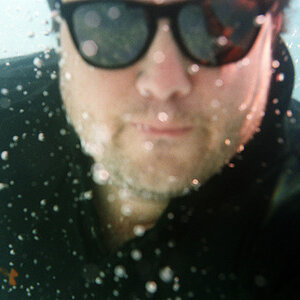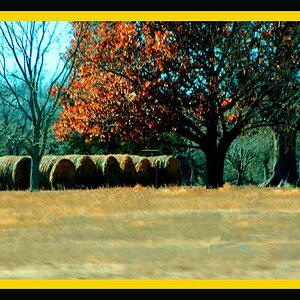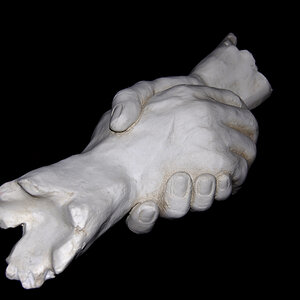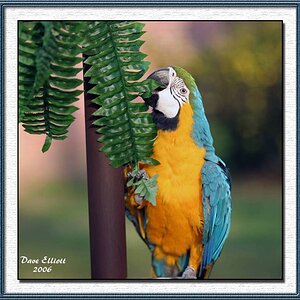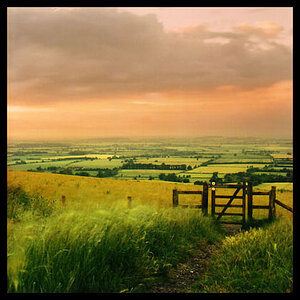berkleymtoddphotography
TPF Noob!
- Joined
- Mar 11, 2017
- Messages
- 4
- Reaction score
- 0
- Can others edit my Photos
- Photos OK to edit
Hello all,
New to this forum and looking forward to any help I can give, and what help others can provide. I consider myself an enthusiast photographer who is just starting to try going semi-pro. I'm at the point where I'm upgrading my gear, and mostly know what I'm getting, but I'm completely stuck in one area....deciding on a general, walk-around zoom lens. I will be using this lens for just about everything from travel to landscape, but I especially need it to perform well in low light for weddings. Here's what I'm torn between. And I've been torn for a LONG TIME. So I'm hoping that folks can just rank what they'd recommend in order of what they use, like, and would think would be the least limiting for me. I've got a couple shoots coming up, and need to have this in hand soon. Price is not a major factor. Here are my options:
Canon 24-70 f/2.8L II - At first, I was dead set on this lens. It seemed like a no brainer. But then, after using a friend's, I find that my hands aren't quite as steady as I'd like them to be on a lens with no IS. I'm sure it'll perform well in low light, and realize that IS is only so great with moving targets, but I do plan to use this lens for travel. If you're someone with slightly unsteady hands, have you found the lack of IS on this lens in a wedding setting has been problematic? I do love the sharpness and extra stop of light over the f/4...
Canon 24-105 f/4L II - The reason this is in the mix is because it has IS, and because of the extra zoom capabilities. However, I will be purchasing the new Tamron 70-200 f/2.8 VC g2, so my focal length will be covered there...just realize there are benefits to having it on an extra lens. But though it has IS, I'm worried about f/4 in low light....
Tamron 24-70 f/2.8 VC - I thought this lens was going to be my saving grace. f/2.8 WITH IS!!! Should make a huge difference for me, right? But then upon reading reviews, its sharpness is nowhere near that of the Canon f/2.8, it's a bit slower to focus, has bad distortion (fixable in LR, but that could further degrade sharpness), and has a weird layered bokeh. Does anybody use this lens in the real world and find that these issues are not as major as you'd think? Or are they definitely issues?
For the record, I will be shooting on a 5D Mark IV. I just need to make this decision, and at this point I'm practically to the point of taking votes. I'm SURE I'm not the only one who has been stuck in this position. TL;DR a bit here, so thanks to those that stuck it out....Help, please?
New to this forum and looking forward to any help I can give, and what help others can provide. I consider myself an enthusiast photographer who is just starting to try going semi-pro. I'm at the point where I'm upgrading my gear, and mostly know what I'm getting, but I'm completely stuck in one area....deciding on a general, walk-around zoom lens. I will be using this lens for just about everything from travel to landscape, but I especially need it to perform well in low light for weddings. Here's what I'm torn between. And I've been torn for a LONG TIME. So I'm hoping that folks can just rank what they'd recommend in order of what they use, like, and would think would be the least limiting for me. I've got a couple shoots coming up, and need to have this in hand soon. Price is not a major factor. Here are my options:
Canon 24-70 f/2.8L II - At first, I was dead set on this lens. It seemed like a no brainer. But then, after using a friend's, I find that my hands aren't quite as steady as I'd like them to be on a lens with no IS. I'm sure it'll perform well in low light, and realize that IS is only so great with moving targets, but I do plan to use this lens for travel. If you're someone with slightly unsteady hands, have you found the lack of IS on this lens in a wedding setting has been problematic? I do love the sharpness and extra stop of light over the f/4...
Canon 24-105 f/4L II - The reason this is in the mix is because it has IS, and because of the extra zoom capabilities. However, I will be purchasing the new Tamron 70-200 f/2.8 VC g2, so my focal length will be covered there...just realize there are benefits to having it on an extra lens. But though it has IS, I'm worried about f/4 in low light....
Tamron 24-70 f/2.8 VC - I thought this lens was going to be my saving grace. f/2.8 WITH IS!!! Should make a huge difference for me, right? But then upon reading reviews, its sharpness is nowhere near that of the Canon f/2.8, it's a bit slower to focus, has bad distortion (fixable in LR, but that could further degrade sharpness), and has a weird layered bokeh. Does anybody use this lens in the real world and find that these issues are not as major as you'd think? Or are they definitely issues?
For the record, I will be shooting on a 5D Mark IV. I just need to make this decision, and at this point I'm practically to the point of taking votes. I'm SURE I'm not the only one who has been stuck in this position. TL;DR a bit here, so thanks to those that stuck it out....Help, please?


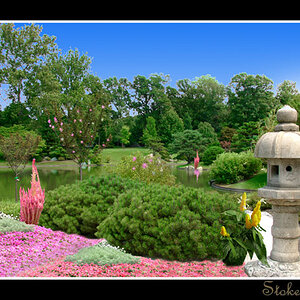
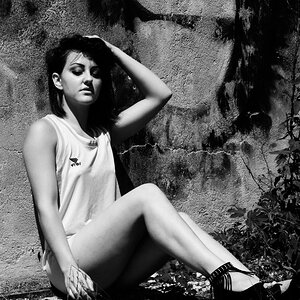
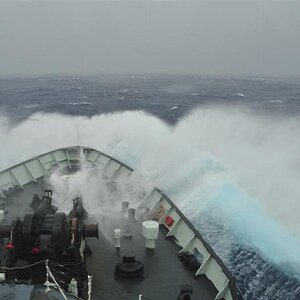
![[No title]](/data/xfmg/thumbnail/38/38265-4b75e7e05f8bf906800580ac7f7ddf60.jpg?1619738549)
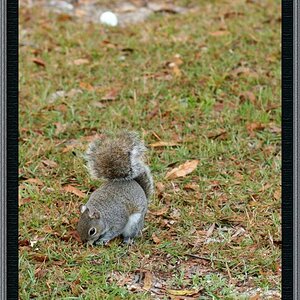
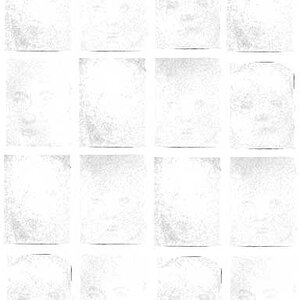
![[No title]](/data/xfmg/thumbnail/38/38264-552eb428d8a704186dcc43400f417d0f.jpg?1619738548)
